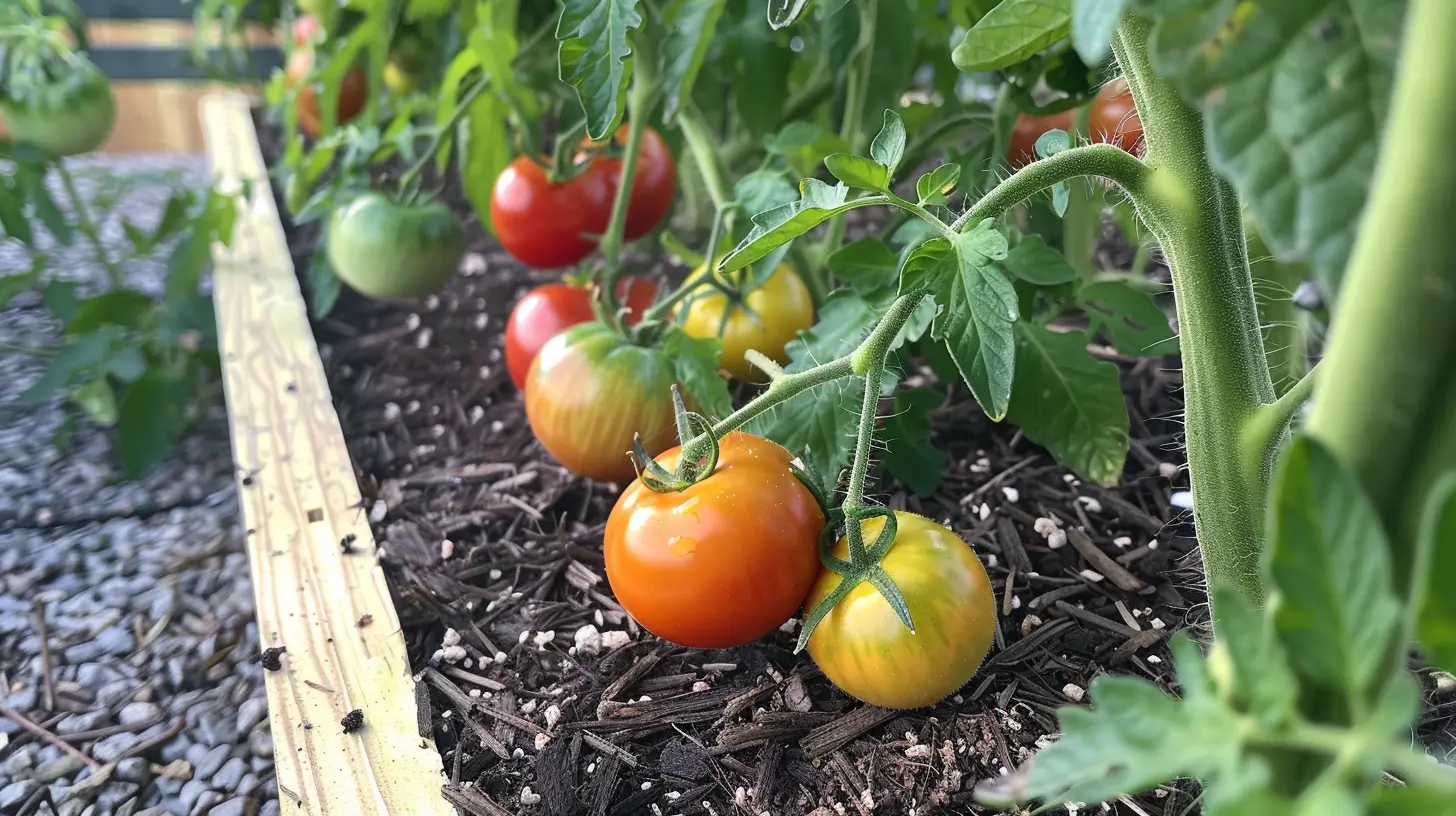

| Season | Optimal Conditions | Vegetables |
|---|---|---|
| Spring | Cool, Moist | Lettuce, Spinach, Peas, Radishes |
| Spring | Moderate Sunlight | Kale, Swiss Chard, Carrots, Beets |
| Summer | Full Sun | Tomatoes, Peppers, Cucumbers, Eggplants |
| Summer | Moderate Water | Zucchini, Squash, Corn, Beans |
| Fall | Cooling Temperatures | Broccoli, Cauliflower, Brussels Sprouts, Pumpkins |
| Fall | Less Sunlight | Leeks, Turnips, Parsnips, Garlic |
| Winter | Greenhouse/Grow Lights | Microgreens, Winter Lettuce, Spinach, Kale |
| Winter | Indoor Gardening | Herbs, Indoor Tomatoes, Indoor Peppers, Sprouts |
The organization of space into zones is a cornerstone of permaculture design, streamlining the way we interact with our living spaces. Zones are arranged based on the frequency of human use, ensuring that the most frequently accessed elements are closest to the home or center of activity, thereby minimizing effort and maximizing efficiency. This principle is simple yet profoundly effective:
By organizing space in this manner, permaculture designs minimize waste of time and energy, creating systems that are not only easier to manage but also more sustainable.
Sectors in permaculture design account for various external energies that impact a site, such as sunlight, wind, and water flow. Understanding and planning for these energies allows permaculturists to enhance the positive influences while mitigating negative ones. For example:
By considering these external factors, permaculture designs can create environments that are resilient, productive, and in sync with the surrounding ecosystem.
One of the most beautiful aspects of permaculture is its emphasis on layers, inspired by the vertical stratification seen in natural ecosystems like forests. By recognizing and implementing these layers in a design, permaculturists can maximize the use of space and foster beneficial relationships between different plants and animals. The seven layers typically included in a permaculture system are:
Permaculture, a term derived from ‘permanent agriculture’ and ‘permanent culture,’ is more than just an approach to gardening and farming; it’s a philosophy for living on earth in a sustainable way. Rooted in the observation of natural ecosystems, permaculture principles guide us in designing human habitats and food production systems that mimic the efficiency, diversity, and resilience of the natural world. This approach offers profound benefits across environmental, social, and economic spheres, making it a compelling model for addressing many of today’s global challenges. This article explores the myriad benefits of permaculture, shedding light on why it’s increasingly embraced worldwide.
Permaculture’s core principle of working with, rather than against, nature, leads to numerous environmental benefits. By adopting practices that mimic natural processes, permaculture designs significantly reduce waste, increase biodiversity, and regenerate damaged ecosystems, contributing to the health and resilience of the planet.
Waste Reduction: Permaculture systems strive to create closed-loop systems where outputs for one element serve as inputs for another, minimizing waste. Composting organic waste, using greywater systems, and implementing renewable energy sources are examples of how permaculture seeks to reduce waste and recycle resources.
Increased Biodiversity: Diverse permaculture gardens and farms provide habitats for a wide range of species, enhancing local biodiversity. This diversity not only strengthens the ecosystem’s resilience to pests and diseases but also contributes to the health of our planet’s overall ecological balance.
Land Regeneration: Permaculture practices, such as no-till gardening, mulching, and agroforestry, improve soil health and structure, helping to regenerate degraded land. These practices increase the soil’s organic matter, enhancing its water retention and fertility, which is crucial for reviving damaged ecosystems.
Permaculture extends beyond environmental stewardship, fostering strong, resilient communities through shared projects and fair resource distribution. Its principles encourage the development of social structures that support cooperation and mutual aid, leading to more cohesive and resilient communities.
Enhanced Social Bonds: Community gardens, food cooperatives, and other permaculture projects provide spaces for people to connect, share knowledge, and work together towards common goals, strengthening social bonds and fostering a sense of belonging.
Resource Sharing: By emphasizing local production and distribution systems, permaculture helps ensure that resources are more evenly and fairly distributed within communities. This approach not only reduces dependency on distant markets but also supports local economies and social equity.
The economic advantages of permaculture are both direct, affecting individual households, and indirect, influencing wider economic systems. By promoting self-sufficiency and sustainable practices, permaculture can lead to significant savings and new economic opportunities.
Reduced Living Costs: Growing your own food, harvesting rainwater, and using renewable energy can dramatically reduce household expenses. Permaculture practices decrease reliance on purchased inputs, cutting costs on food, water, and energy.
Increased Self-Sufficiency: By producing a variety of foods and resources on-site, individuals and communities can reduce their dependence on external sources, leading to greater autonomy and resilience against global market fluctuations.
Sustainable Business Opportunities: Permaculture principles can be applied to create sustainable businesses that focus on ethical production, fair trade, and renewable resources, tapping into the growing demand for green products and services.